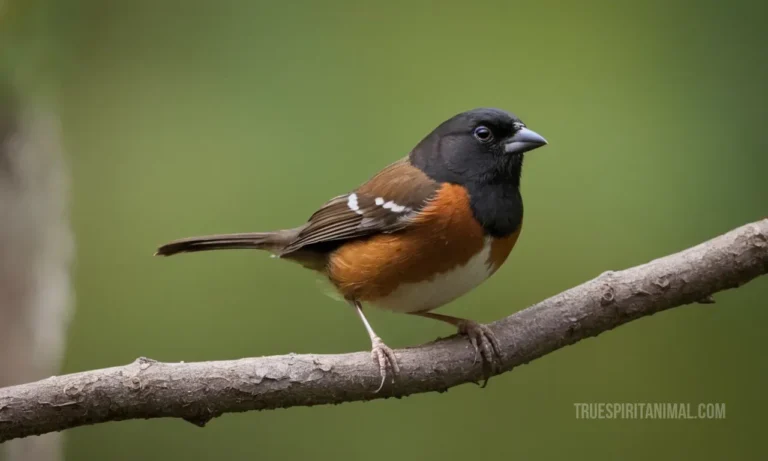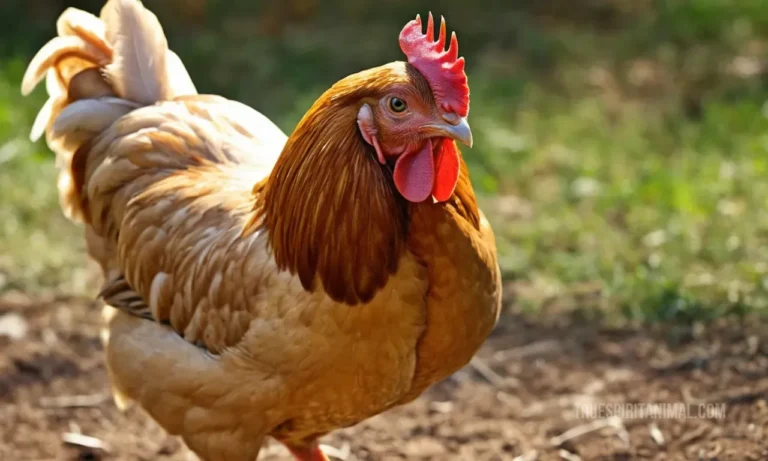Emu Symbolism and Meaning

Introduction
The emu is the second largest living bird by height, after the ostrich. Emus are flightless birds native to Australia, where they are an important cultural symbol for Aboriginal and Torres Strait Islander peoples.
This article will explore the rich symbolism and meaning behind the emu within Australian indigenous culture, dream symbolism, and animal totems. We’ll cover key topics like:
- Emu mythology and dream symbolism
- Emu totem animal meaning
- Symbolic meanings of emu characteristics
- Cultural importance of emus to Aboriginal Australians
Understanding emu symbolism gives us a window into Australian indigenous traditions, beliefs, and connections with the natural world.
Emu Mythology and Dream Symbolism

Emus have been intricately linked with dream symbolism and mythology for Australian Aboriginal peoples for tens of thousands of years.
Mythological Stories
Emus play a central role in Aboriginal creation myths and legendary stories:
- Emus were created when Aboriginal ancestral beings traveled across the land, scattering the birds into existence.
- Trickster spirits took the form of emus, using cleverness and speed to evade enemies.
- The dark blotches on emu eggs symbolize the glowing campfires of Aboriginal peoples.
Dream Meaning
- Seeing an emu in dreams often represents:
- Speed
- Agility
- Cleverness
- Victory through strategic thinking
- For Aboriginal groups like the Pitjantjatjara, emu dreamings are extremely meaningful, encoding spiritual lessons.
So emus in myths and dreams convey sacred Aboriginal teachings about the land, spirit, and Australia’s unique wildlife.
Emu Totem Animal Meaning

Individuals with an emu totem animal have personalities mirroring emu traits and meanings.
Positive Meanings
Positive emu totem meanings include:
- Speed – Reacting quickly, rapid progress towards goals
- Agility – Zigzagging through obstacles using cleverness
- Independence – Ability to thrive solo in harsh landscapes
- Nurturing – Strong maternal instincts
- Protection – Fierce defense of family and allies
Challenges
Emu totem challenges reflect the bird’s extreme wariness, including:
- Excessive fear and anxiety
- Sensitivity to threats – Even minor ones
- Reclusiveness – Avoiding others, reluctance to bond
With self-reflection, those with an emu totem can learn to balance protective wariness with courageous engagement.
Symbolic Meanings of Emu Characteristics

The emu’s distinctive physical qualities also carry symbolic weight:
Long Legs
- Represent an ability to swiftly traverse great distances
- Symbolize the long journeys of Aboriginal ancestors across ancient Australia
Ruffled Feathers
- Mirror the diverse landscapes and ecosystems emus stride across
- Suggest the turbulence and chaos emus can quickly navigate
Thick Plumage
- Signals the harsh Aussie outback climate emus withstand
- Denotes resilience, endurance, and durability
Large Eyes
- Reflect emus’ hypervigilance and alertness to threats
- Indicates wariness, skepticism, and distrust of the unknown
By looking at how Aboriginal groups interpreted emu features, we uncover teachings about speed, chaos, resilience, and fear.
Cultural Importance of Emus to Aboriginal Australians

Beyond their rich symbolic meanings, emus had tremendous cultural importance for Aboriginal peoples:
Food Source
- Emus were a vital food supply, providing meat, fat, eggs, oil, and feathers.
- Special emu-hunting boomerangs and spears were crafted.
Trade Item
- Emu feathers, eggshells and oil were traded over vast distances.
- Emu eggshell water carriers and jewelry still hold cultural value.
Totemic Ties
- Emus signify important clan connections and family lineages.
- Certain groups have special emu dreaming stories, passed down generations.
So the emu provided essential sustenance and economic activity for tribes across Australia. They linked far-flung communities through trade and travel. Emus also embodied Aboriginal groups’ ancestral and totemic bonds to the land.
Conclusion
With their speed, cleverness and nurturing natures, emus encapsulate key traits of Australia’s indigenous peoples – helping them thrive across a vast, challenging landscape for millennia.
As a vital food source and trade item, the giant flightless bird sustained Aboriginal culture. And emu creation myths, dream symbols and totems encoded sacred teachings, traditions and cosmologies.
So next time you see an emu, reflect on the rich layers of meaning and culture these unique birds represent for Australia’s first peoples. Their symbolism tells a deep story stretching back over 50,000 years.





